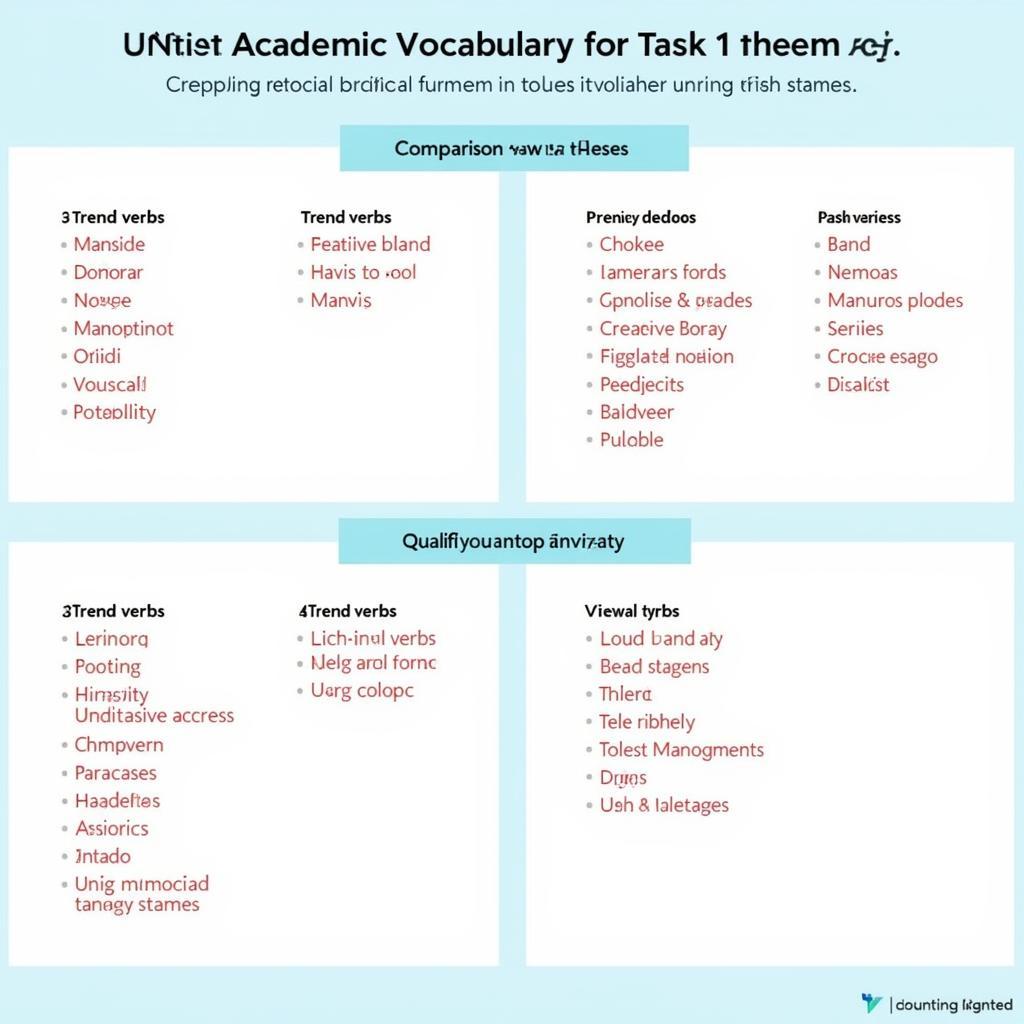Writing a high-scoring IELTS Task 1 report requires a systematic approach and attention to detail. As an experienced IELTS examiner, I’ve observed that successful candidates consistently follow specific strategies that help them achieve band 7 and above. Let’s explore these proven techniques for crafting excellent Task 1 responses.
Understanding the Basics
Before diving into specific strategies, it’s crucial to understand what the examiner expects in a Task 1 report. Your response should provide an accurate and well-organized description of the visual information presented, whether it’s a graph, chart, map, or process diagram.
For detailed guidance on maintaining coherence throughout your report, you might want to check out our guide on improving coherence in task 1 reports.
The Four-Step Approach
-
Analyze the Data (2-3 minutes)
- Identify the type of visual
- Note key trends and patterns
- Spot significant features
- Determine time periods or categories
-
Plan Your Response (2 minutes)
- Structure your introduction
- Draft your overview
- Organize key details
- Group related information
-
Write Your Report (15 minutes)
- Craft a clear introduction
- Present your overview
- Detail main features
- Support with specific data
-
Review Your Work (2-3 minutes)
- Check for accuracy
- Verify data representation
- Review grammar and vocabulary
- Ensure proper paragraph structure
Essential Language Features
To elevate your writing, focus on using academic language in task 1 reports. This includes:
Key Vocabulary
- Trend descriptors
- Comparison language
- Quantity expressions
- Time references

Advanced Strategies
Data Integration Techniques
-
Selective Data Presentation
- Choose significant figures
- Highlight extreme values
- Compare relevant data points
-
Pattern Recognition
- Identify overall trends
- Note fluctuations
- Recognize correlations
For those aiming for top scores, consider studying our guide on mastering grammar for band 8+ writing.
Special Considerations for Different Visual Types
Different visual types require specific approaches. For instance, when dealing with geographical data, refer to our guide on strategies for IELTS writing task 1 maps.
Common Pitfalls to Avoid
Understanding what not to do is just as important as knowing the right strategies. For comprehensive guidance on this topic, check out our article on How to avoid common mistakes in IELTS Writing?.
Final Tips for Success
-
Practice Time Management
- Stick to the 20-minute allocation
- Allow time for planning and review
- Don’t overwrite (150-170 words ideal)
-
Maintain Objectivity
- Avoid personal opinions
- Stay focused on data presentation
- Use neutral language
-
Ensure Accuracy
- Double-check figures
- Verify comparisons
- Confirm time periods
Remember, consistent practice with these strategies will lead to improved performance in your IELTS Task 1 writing. Focus on developing a systematic approach while maintaining accuracy and clarity in your reports.